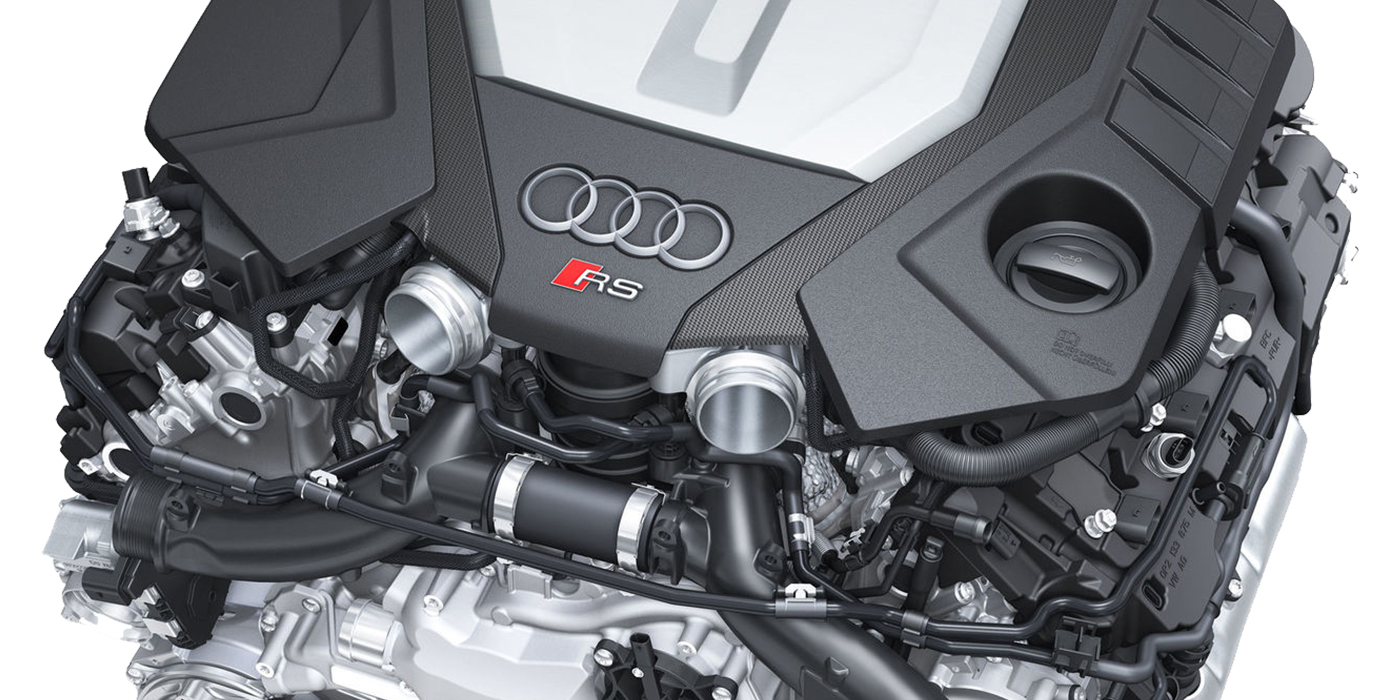What to Test For
Outside of the usual suspension noises and driveablity problems, you should be analyzing the performance of the ride control components during the test drive. The typical shock or strut has two types of dampening forces: high- and low-frequency.
High-frequency dampening is rapid movement of the suspension. On the test drive, this type of dampening is required to deal with sudden bumps and dips. Inside the shock or strut, the rapid movement causes a valve to open quickly during compression and rebound. This allows the tire to stay in contact with the road and prevents the motion from being transmitted to the body and unsettling the vehicle. Too much dampening and the ride will be harsh because the energy can’t be absorbed by the spring. Too little of a dampening force will cause the inertia of the suspension to fully act on the spring, causing it to continue to travel. This will eventually cause the tire to lose contact with the road. On the flip side is high-frequency rebound. On the test drive, this can be tested on concrete seams and driveway turn-ins. Typically if this is an issue, it will feel like the suspension is still reacting to a bump even after it has passed over it.
The second type of dampening is low-frequency. This is a slower movement of the piston. Low-frequency dampening controls the movement of the body on the suspension and the transfer of weight on the tires. These are the forces associated with nosedive, acceleration squat, and body lean. If a shock or strut is worn or damaged, it will not be able to control suspension movement and weight transfer. This ultimately leads to an unstable vehicle. The low-frequency dampening can be checked on the test drive with braking and acceleration.
If you have room, try performing a figure eight at close to full lock. Often a collapsed upper strut mount or a broken spring will cause binding and contact between the spring and tire on some vehicles.
There is an old proverb that says you have to walk a mile in another person’s shoes to understand them, and the same is true for vehicles. There are some things a customer will never tell you — either because the customer doesn’t know what’s wrong with the car or they fear being fleeced by mentioning something that may not need to be replaced. But, it often takes a test drive to reveal problems with a vehicle.
By not performing a proper test drive, you could be missing the most important part of the customer’s complaint.














